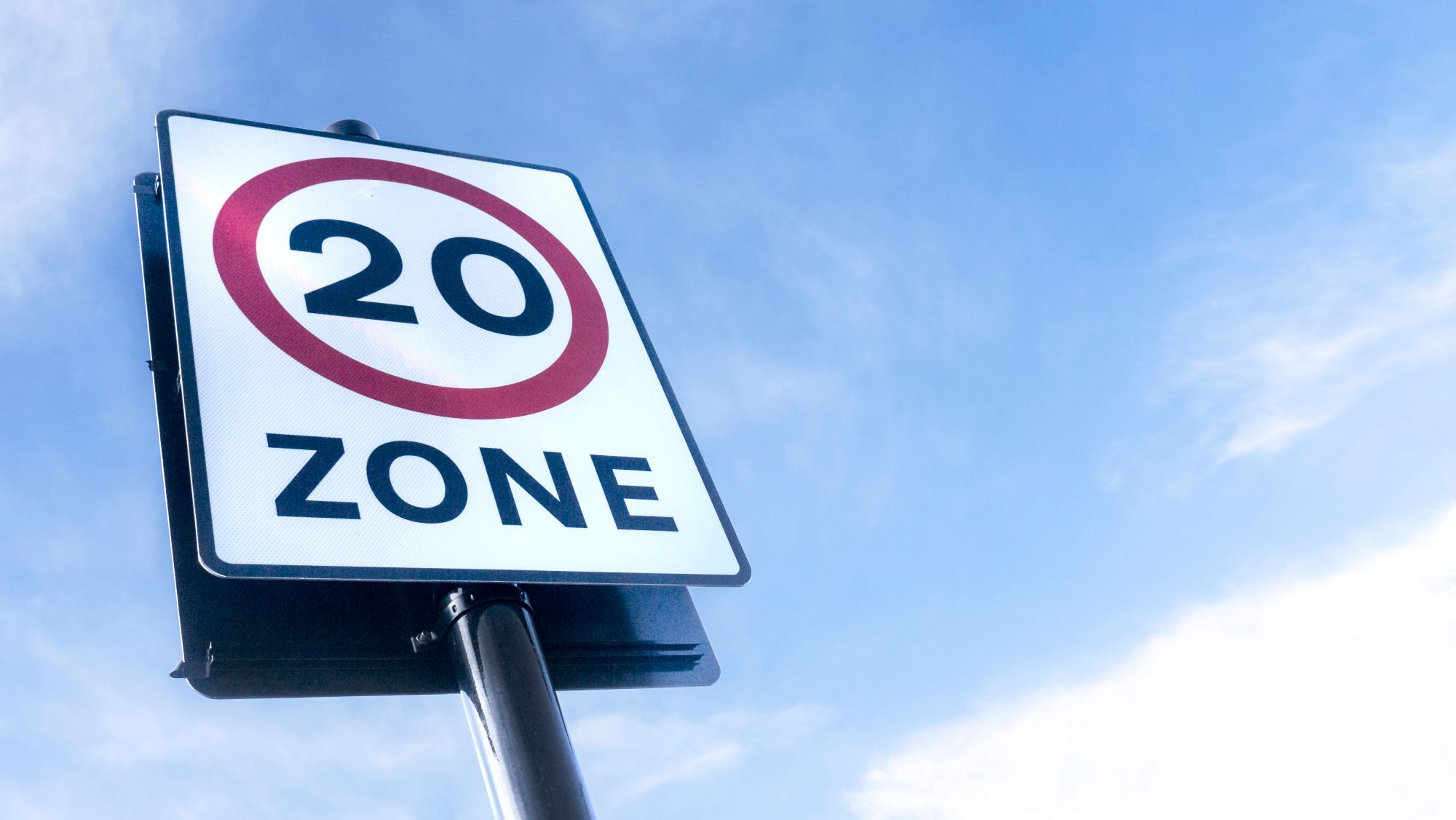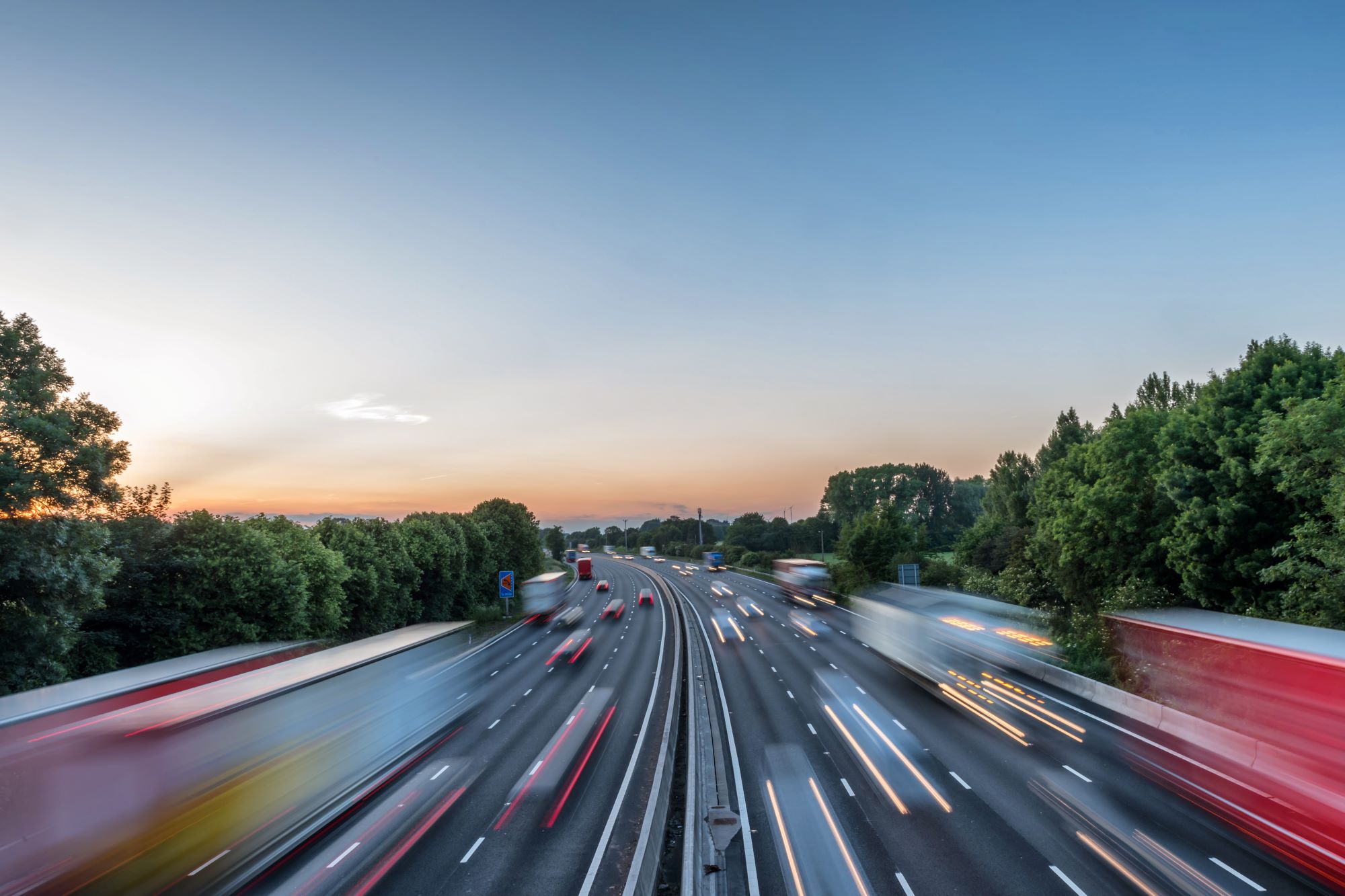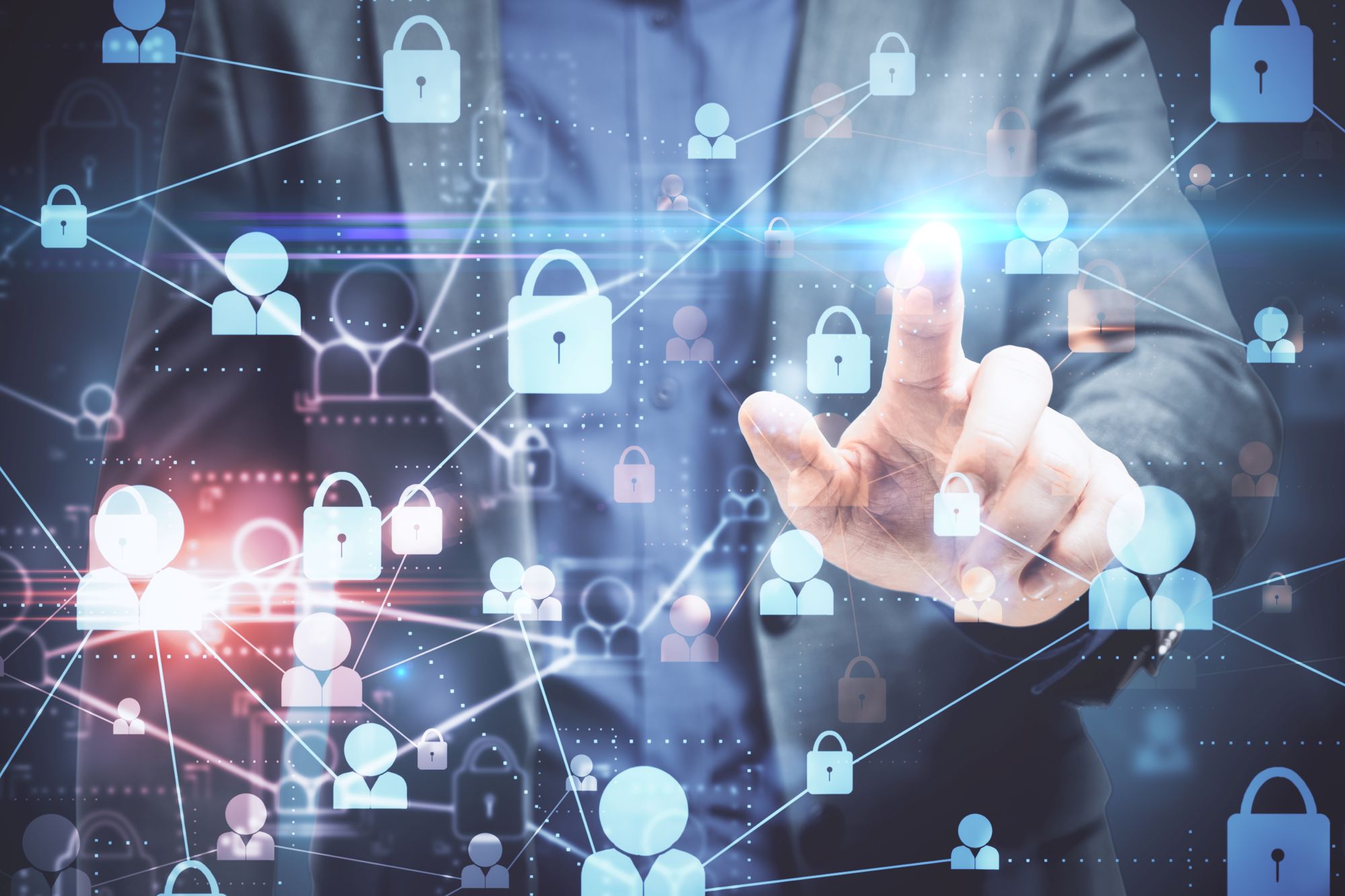
Susie Jones
Які наслідки обмеження швидкості до 20 миль/год для автопарків?
Створено: 16.04.2025
•
Оновлено: 16.04.2025
У 2023 році 188 вантажівок потрапили в зіткнення зі смертельними наслідками, що є меншою кількістю порівняно з 2022 роком, але все одно викликає занепокоєння. Ці аварії могли бути спричинені кількома факторами, такими як втома водія, погане технічне обслуговування транспортного засобу, погодні умови або дії інших учасників дорожнього руху. Однак дані благодійної організації з безпеки дорожнього руху Brake свідчать про те, що 58% смертей на дорогах пов'язані з перевищенням швидкості як фактором дорожньої безпеки. У цьому блозі ми розглянемо, як запровадження обмеження швидкості до 20 миль/год може вплинути на роботу автопарку та зменшити кількість смертельних випадків.
Де трапляються аварії вантажівок?
За даними EROS, лише 10% зіткнень вантажівок відбуваються на автомагістралях - інші 90% частіше трапляються на міських або сільських дорогах. На сільських дорогах водії вантажівок стикаються з вузьким простором, крутими поворотами і взаємодією з вразливими учасниками дорожнього руху, такими як велосипедисти і пішоходи, що збільшує ймовірність аварій. Міські дороги становлять більший ризик для водіїв вантажівок через більшу щільність руху, часті зупинки, активність пішоходів і складну схему доріг - у поєднанні з непередбачуваністю міських доріг вони становлять більшу небезпеку для водіїв вантажівок.
Вплив зон обмеження швидкості до 20 миль/год.
Дані, опубліковані [урядом Уельсу] (https://motortransport.co.uk/industry-news/fleetcheck-urges-operators-to-back-calls-for-wider-use-of-20mph-speed-limits/25490.article), свідчать про на 100 менше жертв на міських дорогах у 2024 році порівняно з аналогічним періодом 2023 року, до того, як було введено обмеження швидкості до 20 миль/год у містах.
Схему підтримують такі організації, як Brake та Cycling UK, а зараз фахівці з управління автопарками [FleetCheck] (https://motortransport.co.uk/industry-news/fleetcheck-urges-operators-to-back-calls-for-wider-use-of-20mph-speed-limits/25490.article) заохочують компанії-перевізники приєднатися до схеми. Вони стверджують, що перехід з 30 миль/год на 20 миль/год матиме мінімальний вплив на ефективність автопарку і сильно підкріплюють ідею про те, що це буде рятувати життя щороку.

Що думають автопарки та водії про обмеження швидкості до 20 миль/год?
За даними FleetCheck, оператори перевезень неоднозначно сприйняли цю ініціативу. Деякі побачили в змінах перешкоду для ефективності - стверджуючи, що нижчі обмеження швидкості можуть змусити деякі автопарки зменшити кількість доставок, які вони можуть здійснити за певний період.
Водії на сторінках SNAP у соціальних мережах дуже бурхливо відреагували на цю пропозицію. Один водій прокоментував:
"Хто збирається підтримувати більше зон зі швидкістю 20 миль/год? Проблема в стандартах водіння. Відколи ми вийшли з карантину, стандарти водіння стали диявольськими, це стосується і легкових автомобілів, і мікроавтобусів, і вантажівок".
У соціальних мережах настрої залишилися незмінними: багато хто не підтримує зміни.
Переваги зон зі швидкістю 20 миль/год.
Зони зі зниженою швидкістю мають кілька переваг для водіїв вантажівок.
Нижчі швидкості покращують час реакції та зменшують гальмівний шлях, що дозволяє уникнути зіткнень, особливо в міських умовах.
Вантажівки, швидше за все, матимуть менший знос транспортного засобу при зниженні швидкісних обмежень.
Перешкоди, з якими можуть зіткнутися автотранспортні компанії.
Як уже згадувалося, деякі транспортні компанії занепокоєні тим, що нижчі обмеження швидкості можуть зменшити кількість доставок, які вони можуть здійснити за певний період. Автопарки також можуть зіткнутися з наступними проблемами:
Довший час у дорозі:**, що впливає на доставку, яка є чутливою до часу, впливає на графік та очікування клієнтів.
Планування маршрутів: компаніям, можливо, доведеться коригувати маршрути, щоб врахувати нижчі швидкості.
Дотримання:** інвестиції в додаткове навчання водіїв для забезпечення дотримання нових швидкісних обмежень матимуть вирішальне значення.
Хоча ці проблеми можуть створювати додаткові труднощі для автотранспортних компаній, багато з них можна вирішити на випередження. Багато хто стверджує, що довгострокові переваги безпеки переважають перешкоди.

Цифри говорять самі за себе.
В оновленій кампанії під назвою [Небезпечні магістралі] (https://snapacc.com/hazardous-highways/), SNAP визначив найбільш небезпечні місця у Великій Британії. Ми заглиблюємось глибше, щоб з'ясувати, на яких дорогах можна було б зменшити обмеження швидкості.
SNAP виявив, що на південному сході країни найнебезпечніші дороги. Кент має найнебезпечніші дороги в Британії і пропонує ціль нульової смертності на дорогах на мережі автодоріг Кента до 2050 року. Які дороги викликають найбільше занепокоєння?
A254:** Коротка дорога протяжністю всього чотири милі, але у 2018 році була названа маршрутом з найвищим рівнем ризику в Британії. У звіті виокремлено ділянку A254 між перехрестям з A28 у Маргейті та перехрестям з A255 біля Рамсгейта. Обмеження швидкості на цій ділянці варіюється від 30 до 40 миль/год - забудовані території та інтенсивний транспортний потік з порту Дувр роблять цю дорогу особливо небезпечною для велосипедистів, пішоходів та інших учасників дорожнього руху. Чи може ця ділянка дороги виграти від зниження швидкості?
Автострада A252:** Відома своєю високою аварійністю, A252 має протяжність 8,7 миль. У 2020 році розпочалися роботи зі зменшення кількості та тяжкості аварій, серед яких - зниження швидкості з 60 до 50 миль на годину на цій ділянці, за винятком тих місць, де діють нижчі ліміти. Однак чи достатньо цього, щоб позбутися репутації однієї з найгірших доріг Британії?
Суррей та Ессекс також очолили список, де за останні п'ять років сталося загалом 30 378 аварій. Високий рівень аварійності в Сурреї можна пояснити поєднанням населених міст і сільських доріг. Близькість до Лондона та основних автомагістралей призводить до більшої кількості зіткнень.
М25:** Також відома як Лондонська орбітальна автомагістраль, М25 є однією з найбільш завантажених доріг Великобританії, а також другою за довжиною кільцевою дорогою в Європі. У період з 2007 по 2016 рік було зафіксовано 7,673 аварії та 80 смертельних випадків. Для такої важливої автомагістралі обмеження швидкості до 20 миль/год було б просто смішним. Однак, чи виграє М25 від зон з обмеженою швидкістю?
А3:** Траса А3 протяжністю 67 миль може бути складною для проїзду через високу інтенсивність руху, обмеження швидкості та ділянки з поганими дорожніми умовами.
Часті запитання
Яка максимальна швидкість для вантажівок?
Водії вантажівок повинні дотримуватися суворих швидкісних обмежень. Ці обмеження встановлені з урахуванням розміру, ваги та гальмівної здатності вантажівок.
Односмугові дороги:** Для вантажівок вагою понад 7,5 тонн максимальна швидкість обмежена до 50 миль/год.
Подвійна проїжджа частина:** 60 миль/год - максимальна швидкість для вантажівок вагою понад 7,5 тонн.
Автомагістралі:** Водії вантажівок не повинні перевищувати швидкість 60 миль/год на автомагістралі.
Правила щодо обмежувачів швидкості у Великій Британії У Великій Британії на кожній вантажівці повинні бути встановлені обмежувачі швидкості, щоб обмежити максимальну швидкість, з якою може рухатися транспортний засіб.
Законодавчі вимоги у Великобританії:** Усі вантажівки вагою понад 3,5 тонни повинні мати обмежувач швидкості, встановлений на 56 миль/год.
Як вони працюють:** Обмежувачі швидкості обмежують подачу палива в двигун, коли автомобіль досягає заданої швидкості, щоб водій не міг перевищити ліміт.
Чи потрібен обмежувач швидкості приватному вантажному автомобілю?
Приватний вантажний автомобіль не потребує обмежувача швидкості, якщо він не використовується в комерційних цілях. Ви повинні задекларувати, що ваш транспортний засіб не потребує обмежувача швидкості, коли проходите ТО, заповнивши [декларацію про обмежувач швидкості] (https://www.gov.uk/government/publications/hgv-speed-limiter-exemption-declaration-form).



